If you’re looking for something to watch tonight, tune into cable channel CNBC at 9PM Eastern to watch CNBC Titans. Tonight, they’ll be airing an unauthorized Steve Jobs profile not only tracing the iconic Apple CEO’s work on the Macintosh, iPod, iPhone and iPad, but also his work at NeXT and at Pixar. Interviewed for the program are ex-CEO John Sculley, Guy Kawasaki and — blink and you might miss him — Cult of Mac’s own Leander Kahney!
Check out the full details here. Come back and tell us what you think after the program airs tonight!


![Jabra Extreme Bluetooth Headset: The Renegade [Review, Primo Headset Week] photo](https://www.cultofmac.com/wp-content/uploads/2011/06/photo1.jpg)





![Will iMessage Come To Mac After iOS 5? Here’s What It Could Look Like [Video] post-102155-image-48a1f665fe695aa1a5127f9ad76268be-jpg](https://www.cultofmac.com/wp-content/uploads/2011/06/post-102155-image-48a1f665fe695aa1a5127f9ad76268be.jpg)

![Apple Co-Founder Steve Wozniak: “The Androids Have Already Won!” [Video] frightenedwoz](https://www.cultofmac.com/wp-content/uploads/2011/06/frightenedwoz.jpg)




![“Ten Apps Is All I Need” – How Few Can You Live With? [Have Your Say] 20110623-iphone.jpg](https://www.cultofmac.com/wp-content/uploads/2011/06/20110623-iphone.jpg)
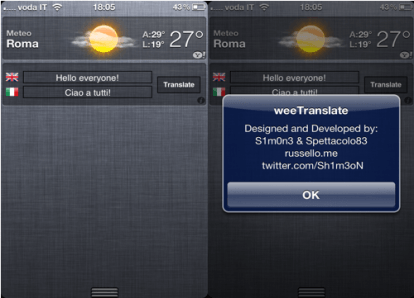
![Things To Admire In The Nokia N9 [Opinion] 20110623-nokian9.jpg](https://www.cultofmac.com/wp-content/uploads/2011/06/20110623-nokian9.jpg)

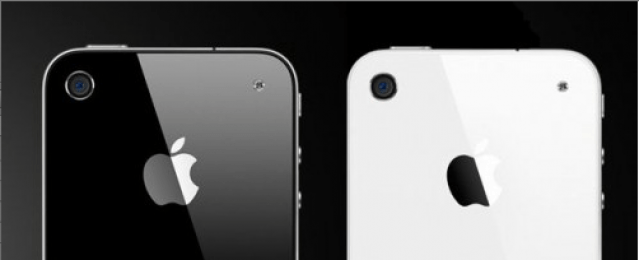

![Monitor Your Mac’s Status From The Dock [Video How-To] ActivityMonitor](https://www.cultofmac.com/wp-content/uploads/2011/06/ActivityMonitor.jpg)
![Apple Pulls Intifada App [Breaking] Picture 6](https://www.cultofmac.com/wp-content/uploads/2011/06/Picture-62-e1308783711568.png)

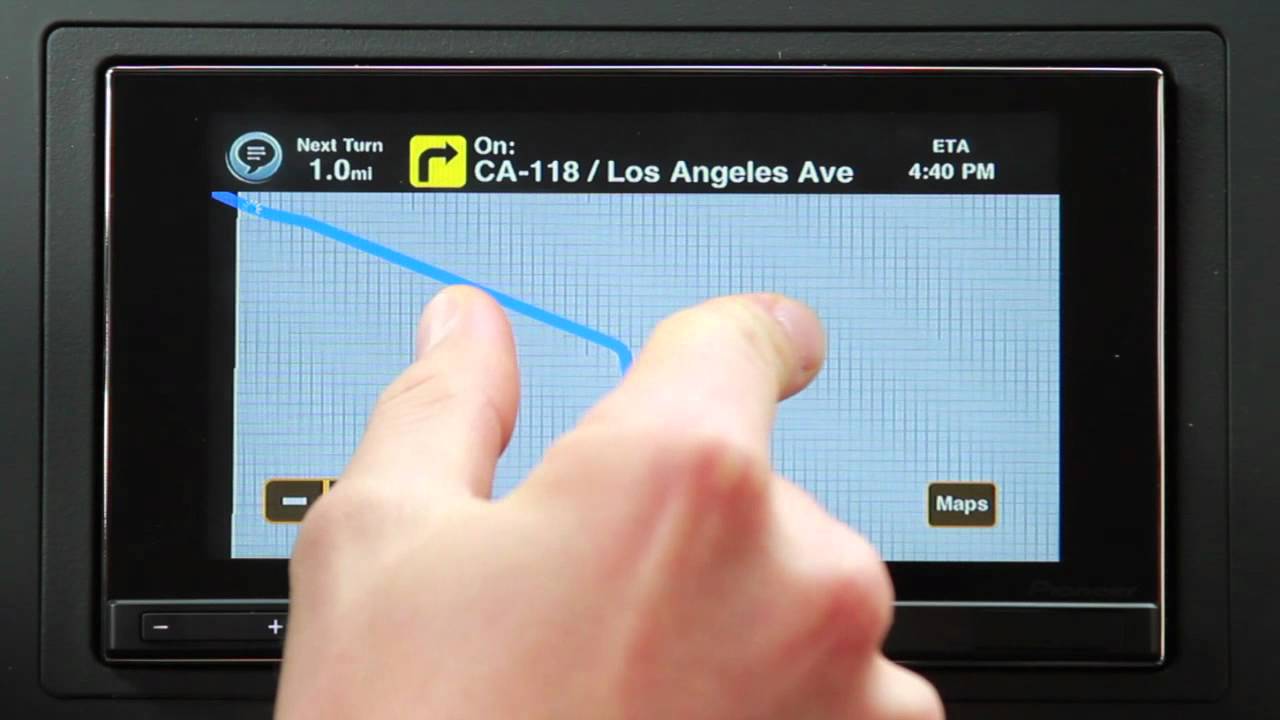
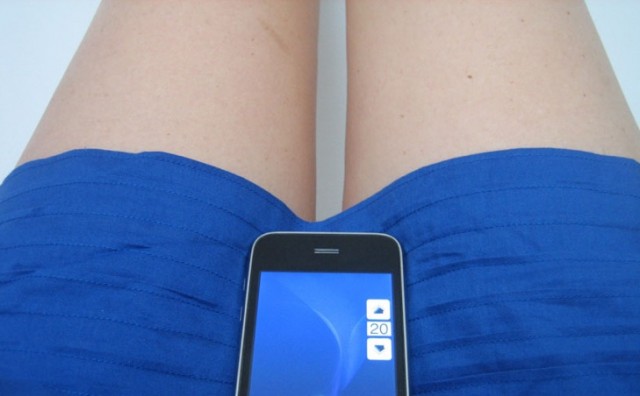
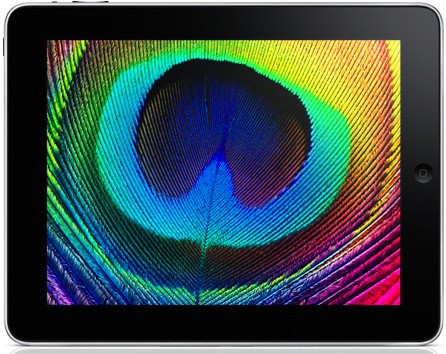
![How To Print From Your iPad or iPhone [MacRx] ipad-printing-option](https://www.cultofmac.com/wp-content/uploads/2011/06/ipad-printing-option.jpg)